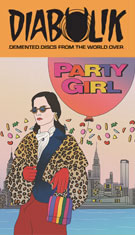

Color, 1995, 94 mins. 11 secs.
Directed by Daisy von Scherler Mayer
Starring Parker Posey, Guillermo Diaz, Donna Mitchell, Sasha von Scherler, Anthony DeSando, Liev Schreiber
Fun City Editions (Blu-ray) (US R0 HD), Sony (DVD-R) (US R0 NTSC) / WS (1.85:1) (16:9), Millennium (DVD) (US R1 NTSC)
Color, 1995, 94 mins. 11 secs.
Directed by Daisy von Scherler Mayer
Starring Parker Posey, Guillermo Diaz, Donna Mitchell, Sasha von Scherler, Anthony DeSando, Liev Schreiber
Fun City Editions (Blu-ray) (US R0 HD), Sony (DVD-R) (US R0 NTSC) / WS (1.85:1) (16:9), Millennium (DVD) (US R1 NTSC)
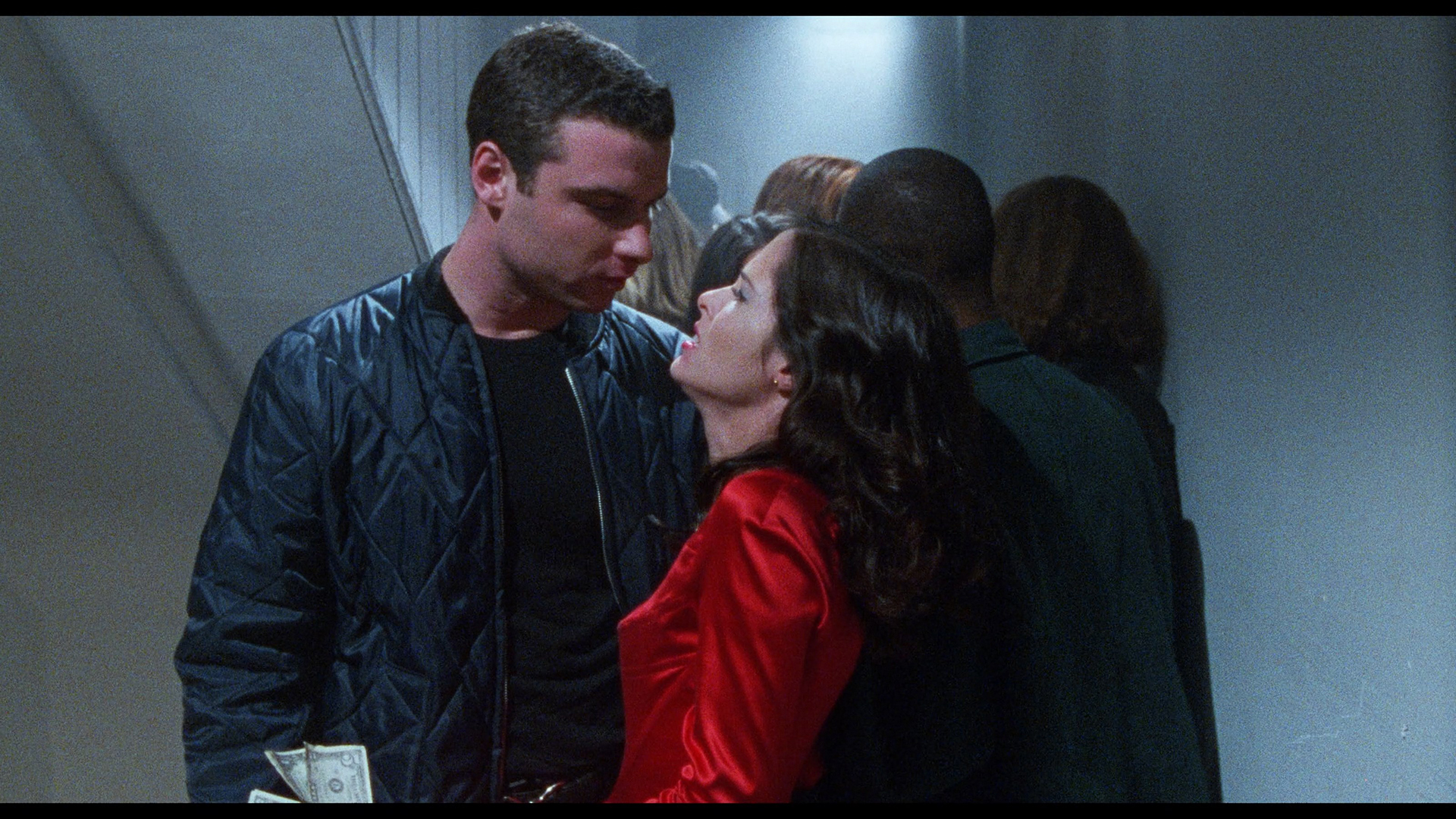 VHS in the '90s that somehow fell through the
VHS in the '90s that somehow fell through the 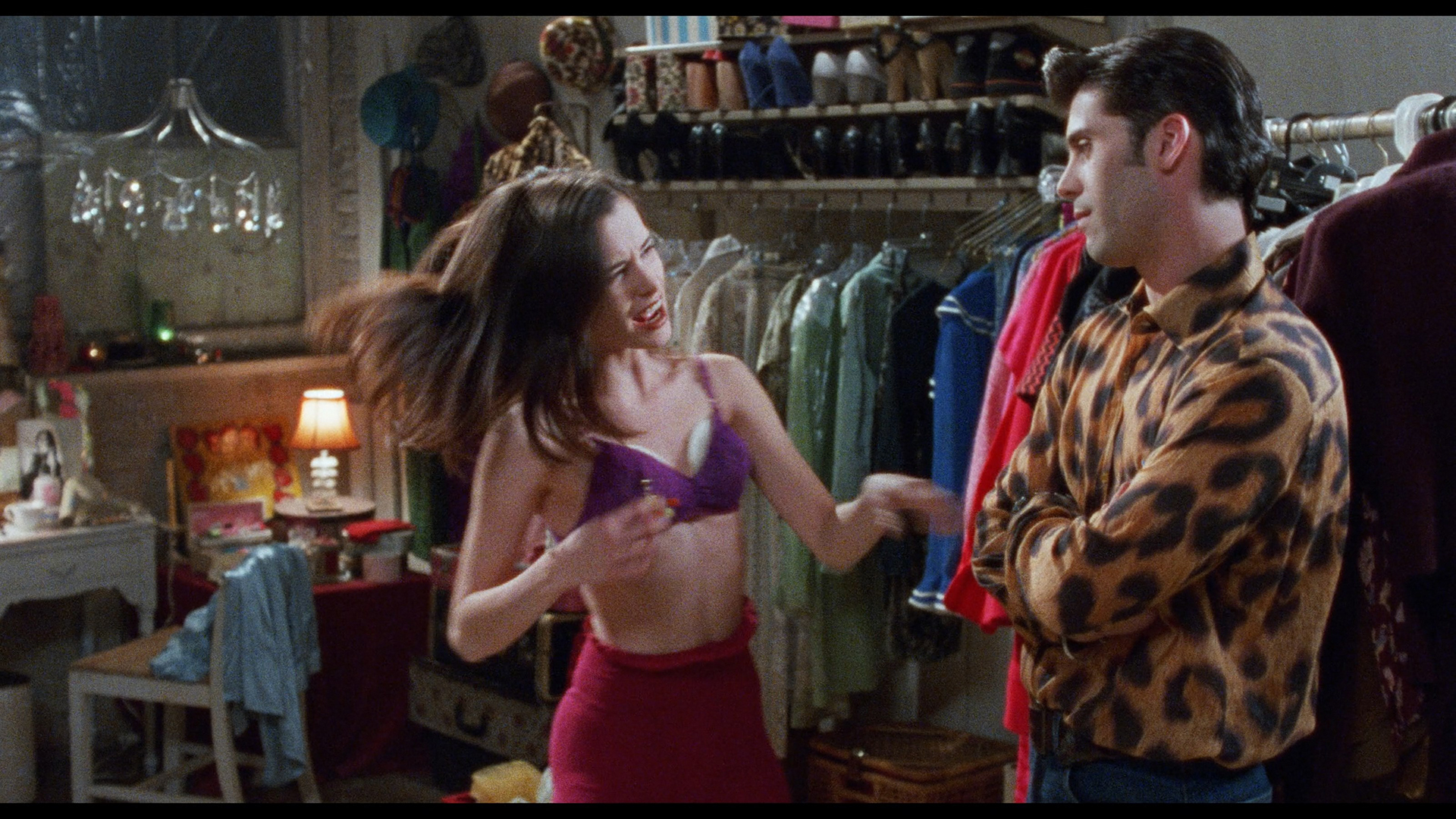 cracks in more recent years, Party Girl is a prime example of the kind of small indie film that could break through with festival exposure (Sundance, in this case) and a breakthrough star. The feature debut from director and co-writer Daisy von Scherler Mayer (who's since gone on to a very busy and thriving TV career), it served as a major calling card for lead Parker Posey who had already shown her scene-stealing abilities in supporting roles in Dazed and Confused and Sleep with Me. With this role she became one of the most recognizable indie stars of the era, knocking it out of the park in films like the underrated The House of Yes, The Daytrippers, all of Christopher Guest's mockumentaries, and the inexplicably buried The Misadventures of Margaret, before taking on a string of Hollywood studio roles as well. Still one of Posey's finest hours, Party Girl has now become an invaluable snapshot of the New York City filmmaking and club landscape in the middle of the decade and still works as a charming alternate rom-com, too.
cracks in more recent years, Party Girl is a prime example of the kind of small indie film that could break through with festival exposure (Sundance, in this case) and a breakthrough star. The feature debut from director and co-writer Daisy von Scherler Mayer (who's since gone on to a very busy and thriving TV career), it served as a major calling card for lead Parker Posey who had already shown her scene-stealing abilities in supporting roles in Dazed and Confused and Sleep with Me. With this role she became one of the most recognizable indie stars of the era, knocking it out of the park in films like the underrated The House of Yes, The Daytrippers, all of Christopher Guest's mockumentaries, and the inexplicably buried The Misadventures of Margaret, before taking on a string of Hollywood studio roles as well. Still one of Posey's finest hours, Party Girl has now become an invaluable snapshot of the New York City filmmaking and club landscape in the middle of the decade and still works as a charming alternate rom-com, too.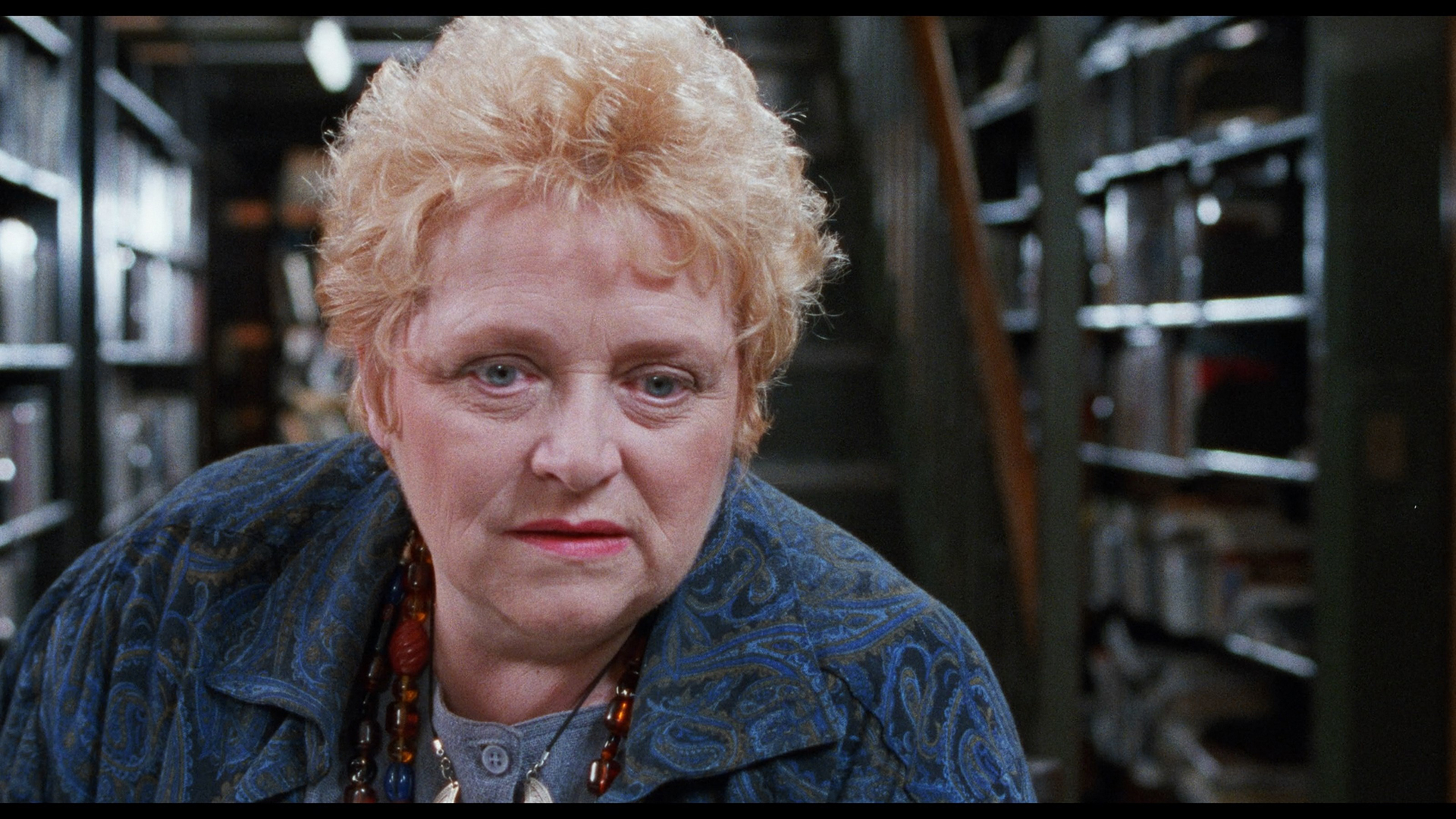 of her cohorts, roomie Derrick (DeSando) splits with the rent. Unable to pay party DJ Leo and thrown in the slammer for multiple infractions, she turns to her godmother, public librarian Judy Lindendorf (Sasha von Scherler), to get a job as a clerk -- only to find herself confronting everything from the dreaded Dewey Decimal System to unruly patrons. As
of her cohorts, roomie Derrick (DeSando) splits with the rent. Unable to pay party DJ Leo and thrown in the slammer for multiple infractions, she turns to her godmother, public librarian Judy Lindendorf (Sasha von Scherler), to get a job as a clerk -- only to find herself confronting everything from the dreaded Dewey Decimal System to unruly patrons. As 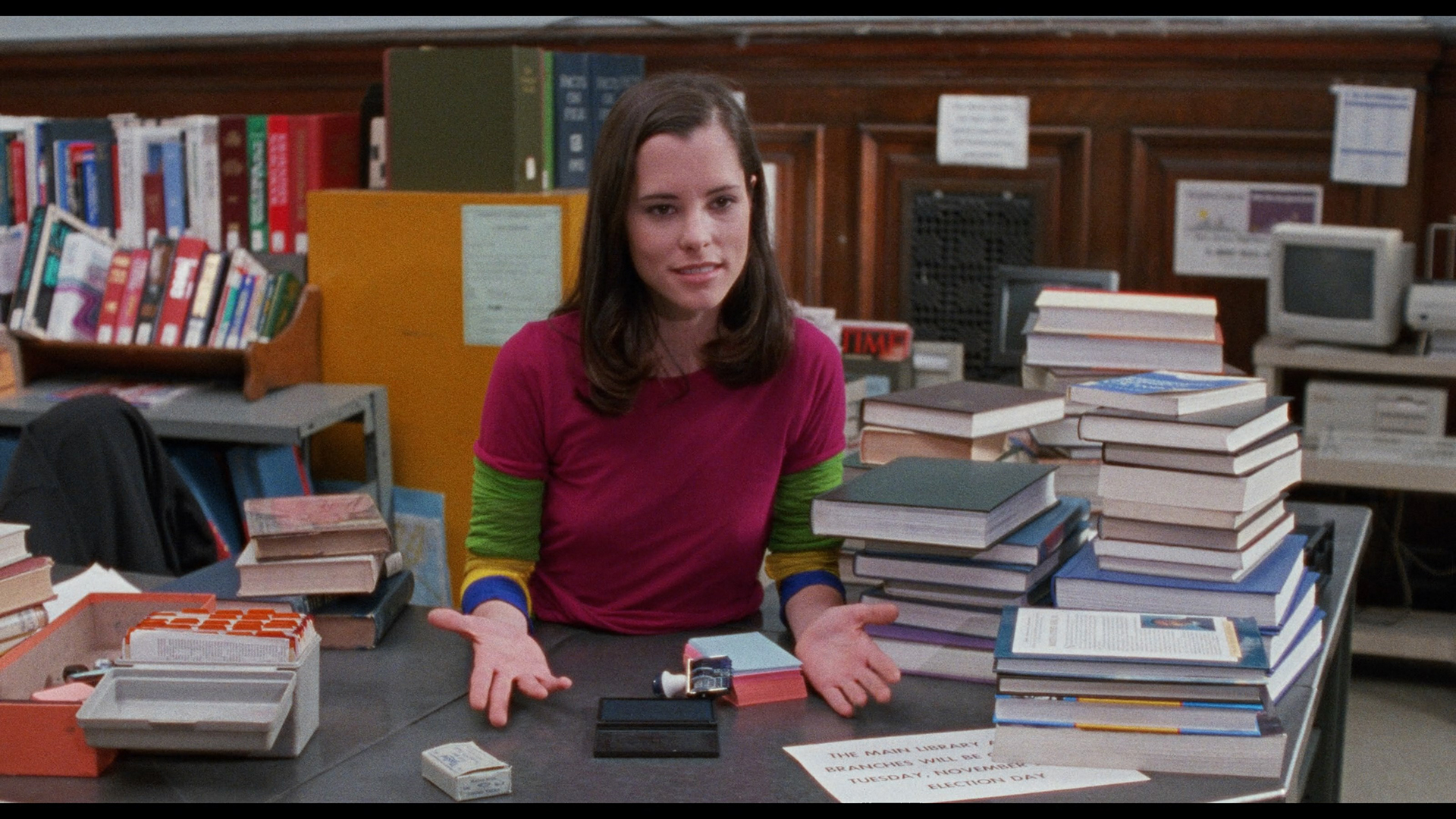 she tries to evolve, Mary sparks a possible romance with falafel stand hawker Mustafa (Diaz) and learns how to apply her new skills across her spectrum of friends.
she tries to evolve, Mary sparks a possible romance with falafel stand hawker Mustafa (Diaz) and learns how to apply her new skills across her spectrum of friends.  A new audio commentary by writer Jake Fogelnest talks about the "playground" area of the film he knows so well, the key faces who pop up like The Lady Bunny, his own background
A new audio commentary by writer Jake Fogelnest talks about the "playground" area of the film he knows so well, the key faces who pop up like The Lady Bunny, his own background 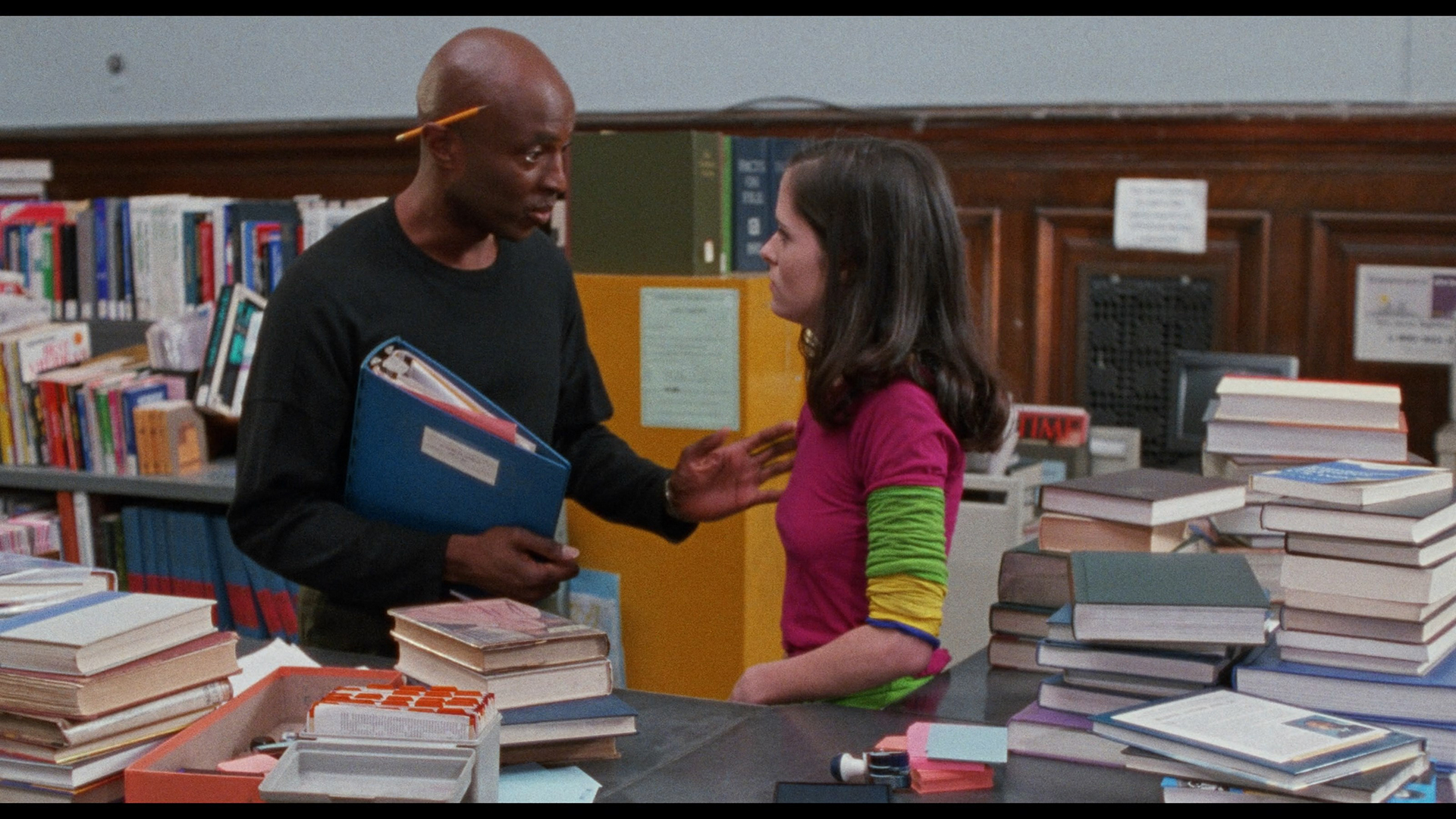 as a teen doing public access there that had him rubbing shoulders with the same crowd, and the resourcefulness required to pull the film off on a skimpy budget right down to the cast providing some of their own wardrobe. "Designing a Character" (35m49s) is a newly filmed video interview with Mayer about her showbiz family background, her plans to become a theater director, the genesis of this film, the elements that coalesced into creating Mary, the other influential filmmakers around the time like Spike Lee, Pedro
as a teen doing public access there that had him rubbing shoulders with the same crowd, and the resourcefulness required to pull the film off on a skimpy budget right down to the cast providing some of their own wardrobe. "Designing a Character" (35m49s) is a newly filmed video interview with Mayer about her showbiz family background, her plans to become a theater director, the genesis of this film, the elements that coalesced into creating Mary, the other influential filmmakers around the time like Spike Lee, Pedro